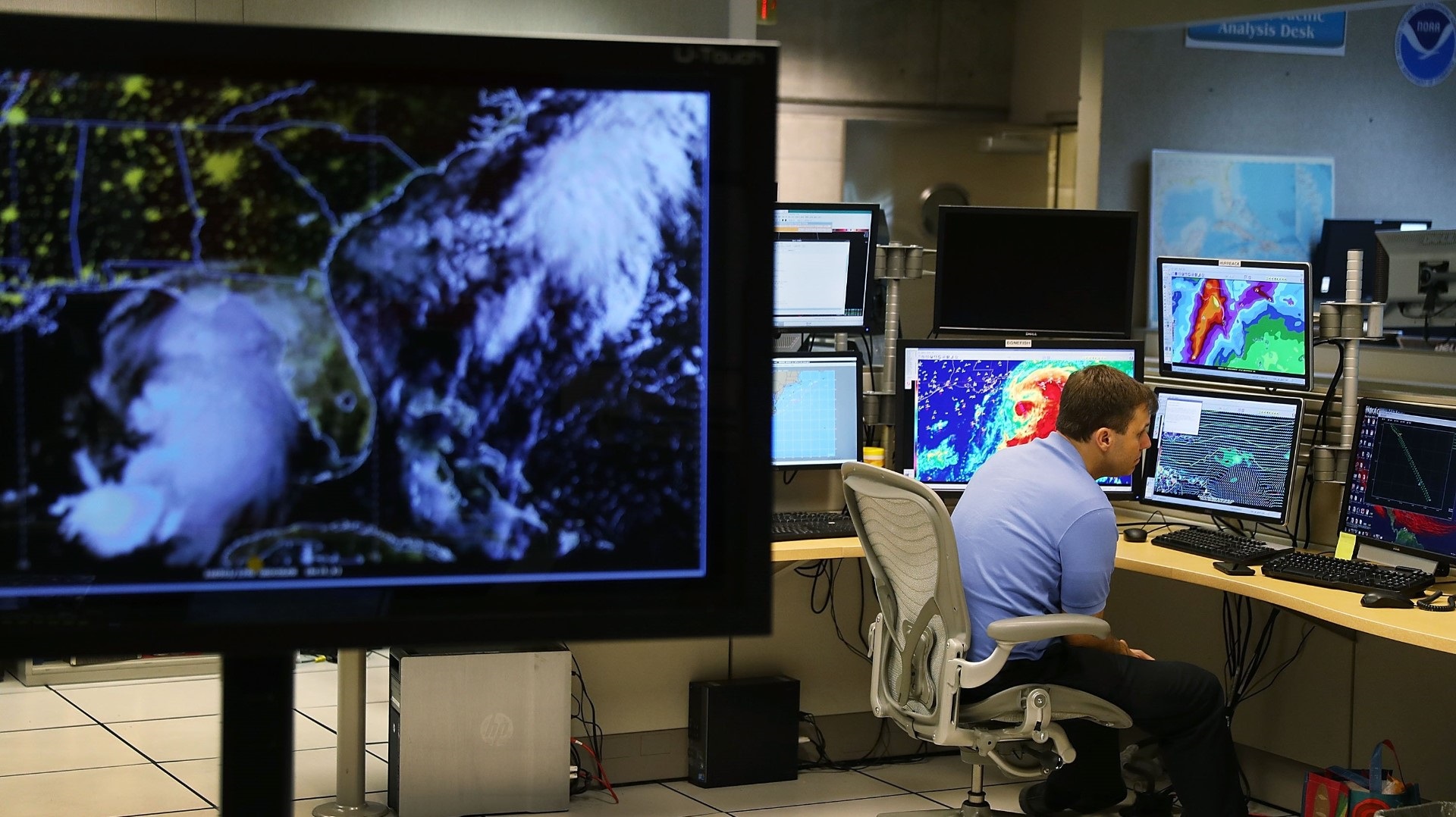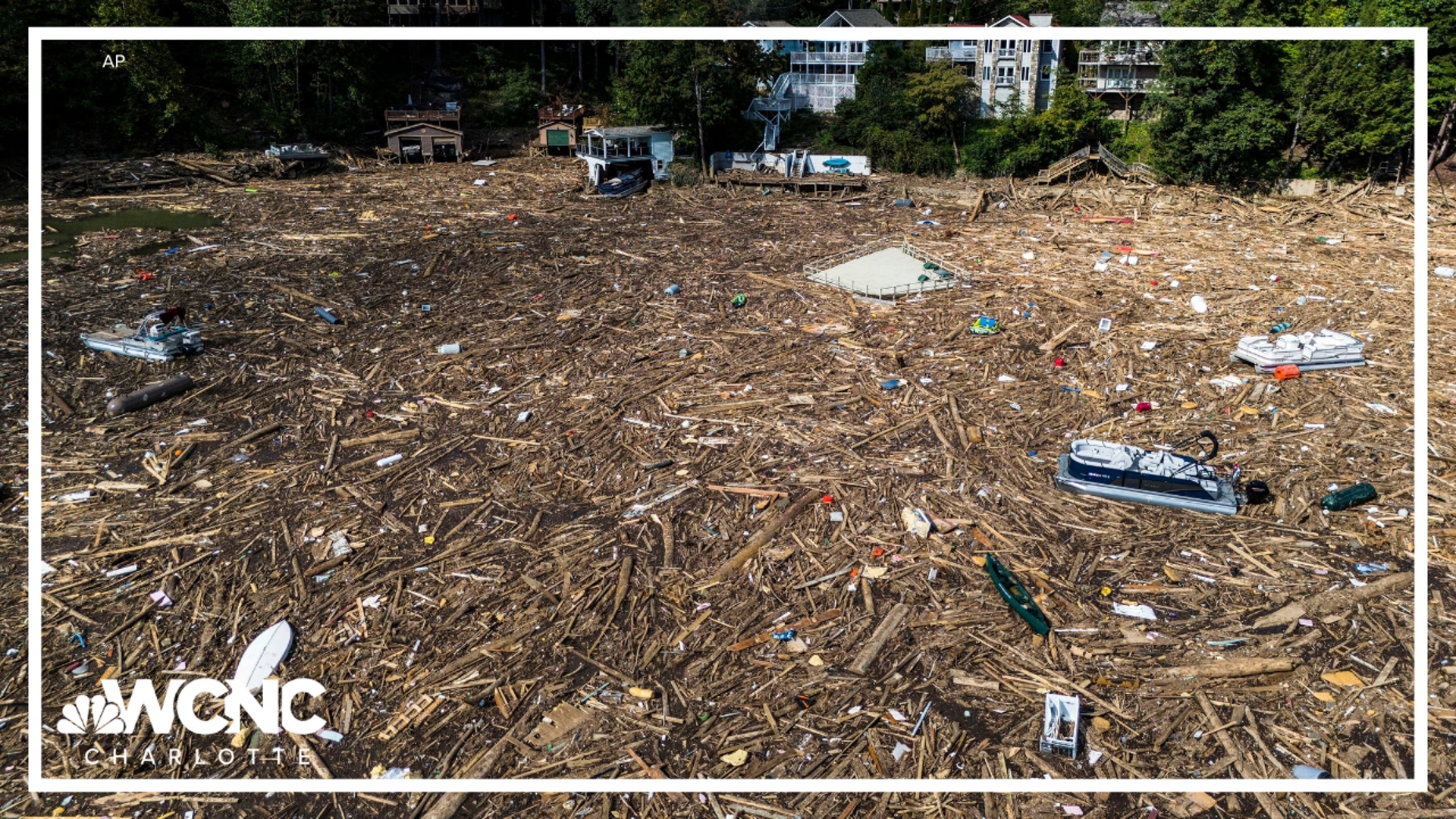MELBOURNE, Fla. — National Hurricane Center officials are experimenting with extended forecasts that may someday predict the paths of hurricanes a full week in advance, compared with today’s five-day forecasts.
"In 2018, for the first time, we’re going to be doing in-house forecasts out to seven days because the techniques have gotten good enough," Mark DeMaria, NHC branch chief, told a classroom of Florida Institute of Technology students and faculty Friday afternoon.
"It’s allowing us to go further into the future," DeMaria said.
Federal meteorologists started issuing 24-hour hurricane forecasts in 1954, two-day forecasts in 1961, and three-day forecasts in 1964. DeMaria said the NHC experimented with five-day forecasts in 2001, then began publicly releasing them in 2003 after a two-year trial period.
The experimental forecasts will add Day 6 and 7 hurricane tracks and maximum wind estimates. Rather than distributing this information to the public, DeMaria said officials will probably test seven-day forecasts for the next two years, then analyze the data and decide their fate.
"It’s way beyond the normal watch time frame for the general public. There are certain activities for long-range planning where it would be an advantage. FEMA might be staging resources. Or, certain areas that are especially hard to get ready for hurricanes — like the Florida Keys, which take a long time to evacuate," DeMaria said.
He said NOAA’s first Joint Polar Satellite System environmental satellite, which launched last November, will improve forecast accuracy. This low-orbit satellite's microwave sounders can measure atmospheric temperature and moisture through cloudtops.
The Atlantic hurricane season lasts from June 1 through Nov. 30.
Friday, DeMaria delivered a technical presentation on the evolution of hurricane forecast models to students and faculty in Florida Tech's Olin Physical Sciences building. That evening, he gave a wide-ranging hurricane lecture at the Olin Engineering Building auditorium.
After polling the auditorium audience whether they evacuated for Hurricane Irma last September, DeMaria elicited laughs by joking that “three-quarters of the audience just saw a hurricane.”
He said the NHC's average track errors for tropical storms and hurricanes were fewer last year than during any previous Atlantic hurricane season. In fact, he said the five-day forecasts are about as accurate as the two-day forecasts were during the 1990s.
“We actually had record-accurate forecasts at every single time period, out to five days, in 2017. Part of it was due to the fact that the hurricanes were at low latitudes. They were a little easier to forecast. It’s also due to the fact that the models have gotten better," DeMaria said.
"This is really kind of an amazing achievement," he said.
However, DeMaria noted that Irma's forecast track bounced across Florida days before the monstrous storm struck.
"If you live here, you probably remember the forecast was kind of on the East Coast, it went over to the West Coast, it was at the East Coast, it was back to the West Coast. It was driving us crazy," he said.
► Make it easy to keep up to date with more stories like this. Download the WFMY News 2 App now


